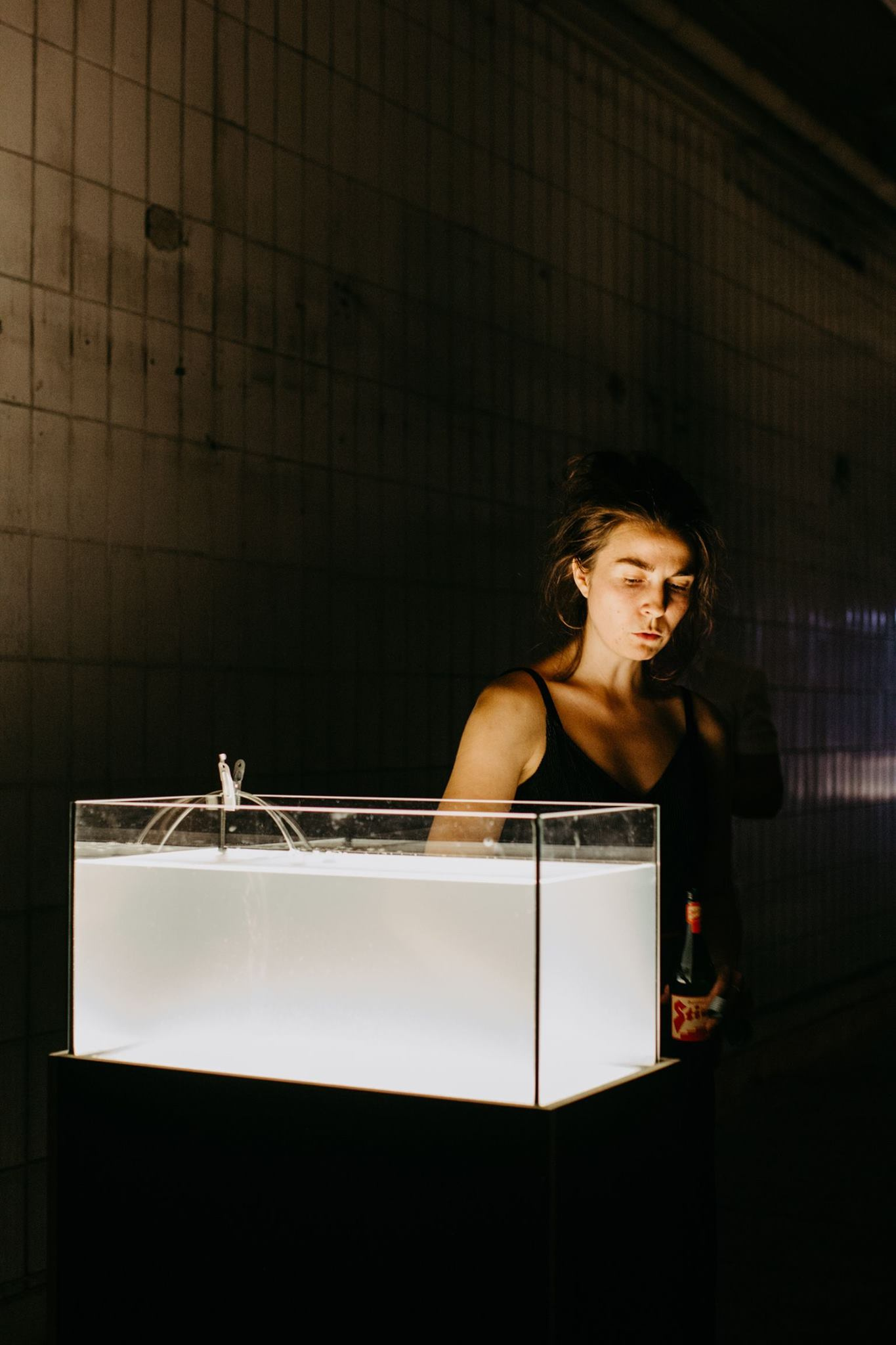Critical Zones Podcast: The Thin Skin of Civilisation
A contribution by Francesca Romana Audretsch
“Civilization is like a thin layer of ice upon a deep ocean of chaos and darkness.”― Werner Herzog
»The Thin Skin of Civilisation« – a title chosen in reference to the exhibition catalogue titled »The Thin Ice of Civilisation« of the Alexander Kluge exhibition of the Württembergischer Kunstverein in Stuttgart 2020. It was realised during the onset of the COVID-19 pandemic and briefly opened its doors to the public. It was a time when the human race slowly realised that a new companion, for an uncertain period of time, had joined our lives: Welcome to the Party, Covid-19 Virus! Since then, it has once again become clear that art and the institutions that represent it are important discourse partners in our society. Art communicates socially relevant issues in a different way and allows us to encounter them in different ways. Everyday issues speak to us physically and affect us emotionally. We increasingly experience this in art institutions, because exhibition spaces are also clear spaces of possibility for the deconstruction, transformation and shifting of hegemonic knowledge formations. The habitability of our earth is a question that has been necessary not only since the beginning of the Corona pandemic, but since industrialisation and the resulting global warming. How much ground must melt beneath our feet until we show responsibility and act accordingly? Because in a supposedly technically-innovative and scientifically-advanced society, it seems to be normality to live in 'harmony with nature and culture' parallel to daily genocides and wars. Capitalist systems change and shape our sense of life and aesthetics. We cannot continue to reduce humanity to a privileged group, because the critical zone – our living space – is inhabited not only by us humans, but also by non-human beings. The habitability of the critical zone demands a communality, a conviviality of all our habitats and their inhabitants.
But how do we learn to deal with encounters with living beings of all kinds with a caring attitude? Human and non-human entities? With Christina Gruber, we turn our attention to the giants among these 'companion species': the so-called »water bodies«. In Christina Gruber's artistic practice, which refers not only to bodies of water such as rivers, but also to all the bodies and creatures living within them, such as the water fleas or a 200-million-year-old bony fish, the sturgeon. The fact that all rivers flow into the sea is so fascinating to Christina Gruber that she scientifically researches these boundless relationships and their cycles precisely, while always proceeding with care.
In this podcast, we travel with the water scientist and artist across the uninhabited swamps of the Mississippi and the diverse neighbourhood of the Danube waters.
Special thanks to Nena Wagner and Erich Maier.
A contribution by Francesca Romana Audretsch.
Further »Critical Zones« reading:
• Anuradha Mathur's and Dilip da Dacunha's »Mississipi Floods«
Christina Gruber, born 1987, is an artist and aquatic ecologist working at the intersection of art and science. Her work explores social phenomena and their effects on the earth's surface. She has exhibited her work internationally at HKW Anthorpocene Campus Berlin, Ars Electronica Festival, Kunsthalle Exnergasse Vienna, Kunstforum Warsaw, Kulturtankstelle Linz, Chronus Art Center Shanghai and CAC New Orleans and has given lecture-performances and talks at museums, festivals and conferences. Christina Gruber is a scientific researcher at the Institute of Hydrobiology at the University of Natural Resources and Applied Life Sciences Vienna. She participates in the LIFE Sterlet project for the repopulation of the Danube with sturgeons.

